7 weird phones you probably entirely missed in 2020
2020 has been a weird year, but these phones are weirder
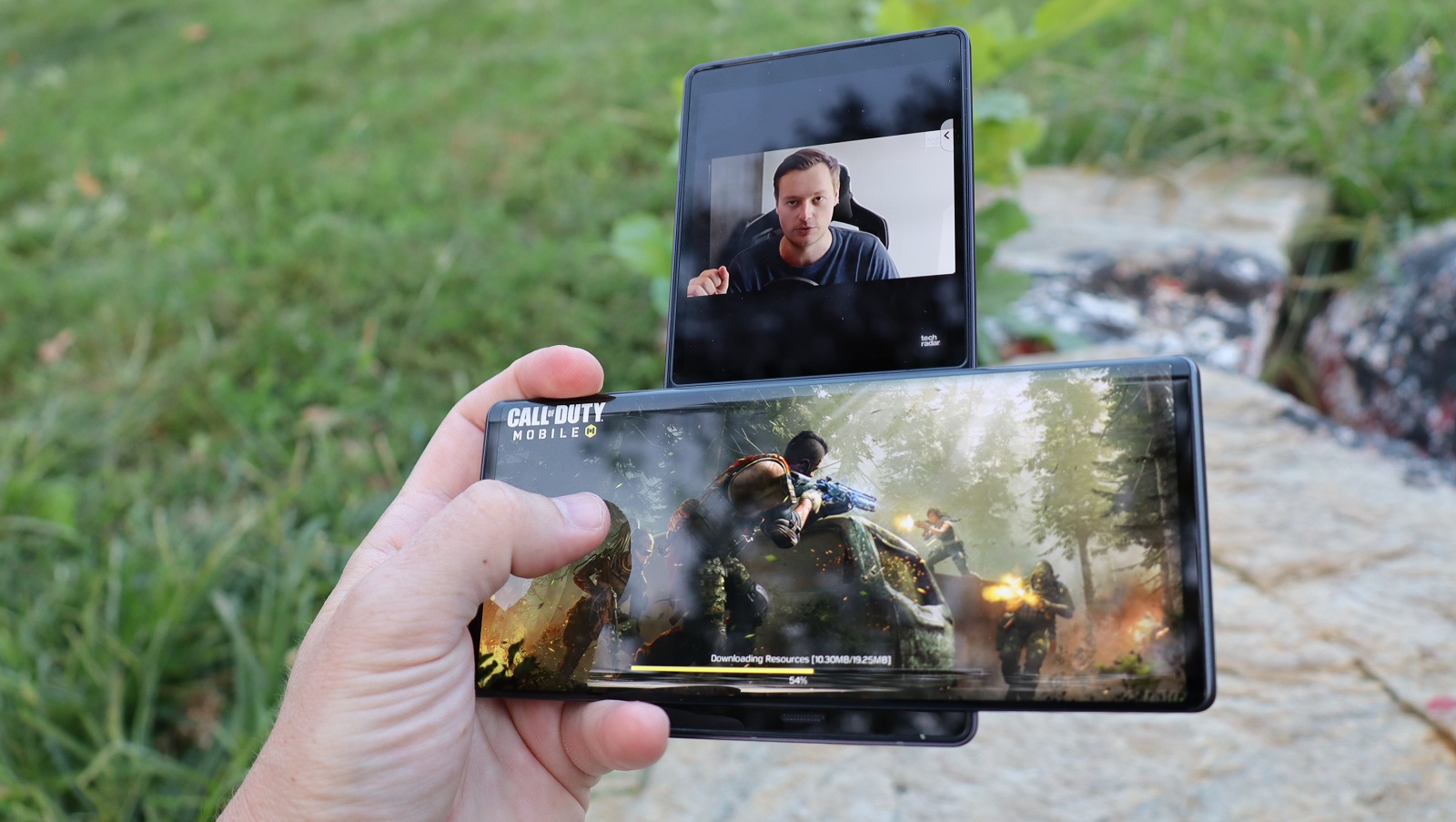
2020 has been some year – and it’s totally understandable if you missed a few phone launches amid the chaos and headline-grabbing events. That turmoil certainly reached the smartphone industry, but somehow, phones still came out, and some are even weirder than usual.
2019 might have been the year that the foldable debuted, but in 2020 we got a rollable phone on our minds (courtesy of TCL) and a swivel phone in our hands (thank you, LG). Of course, we got our first clamshell foldables, too, with the Motorola Razr bringing the iconic flip phone to the modern age – and Samsung hot on its heels with its own Galaxy Z Flip.
We also got our first look at the next hot thing in smartphones - goodbye notches and punch-holes, hello under-display selfie cameras. And finally, not all advances are next-gen tech - sometimes all it takes is the inclusion of old features, like styluses, in the most unlikely of places.
So here’s our favorite weird phones that debuted in 2020, roughly in the order they appeared - some of which we held in our hands, and others that are still too futuristic to hit the market.
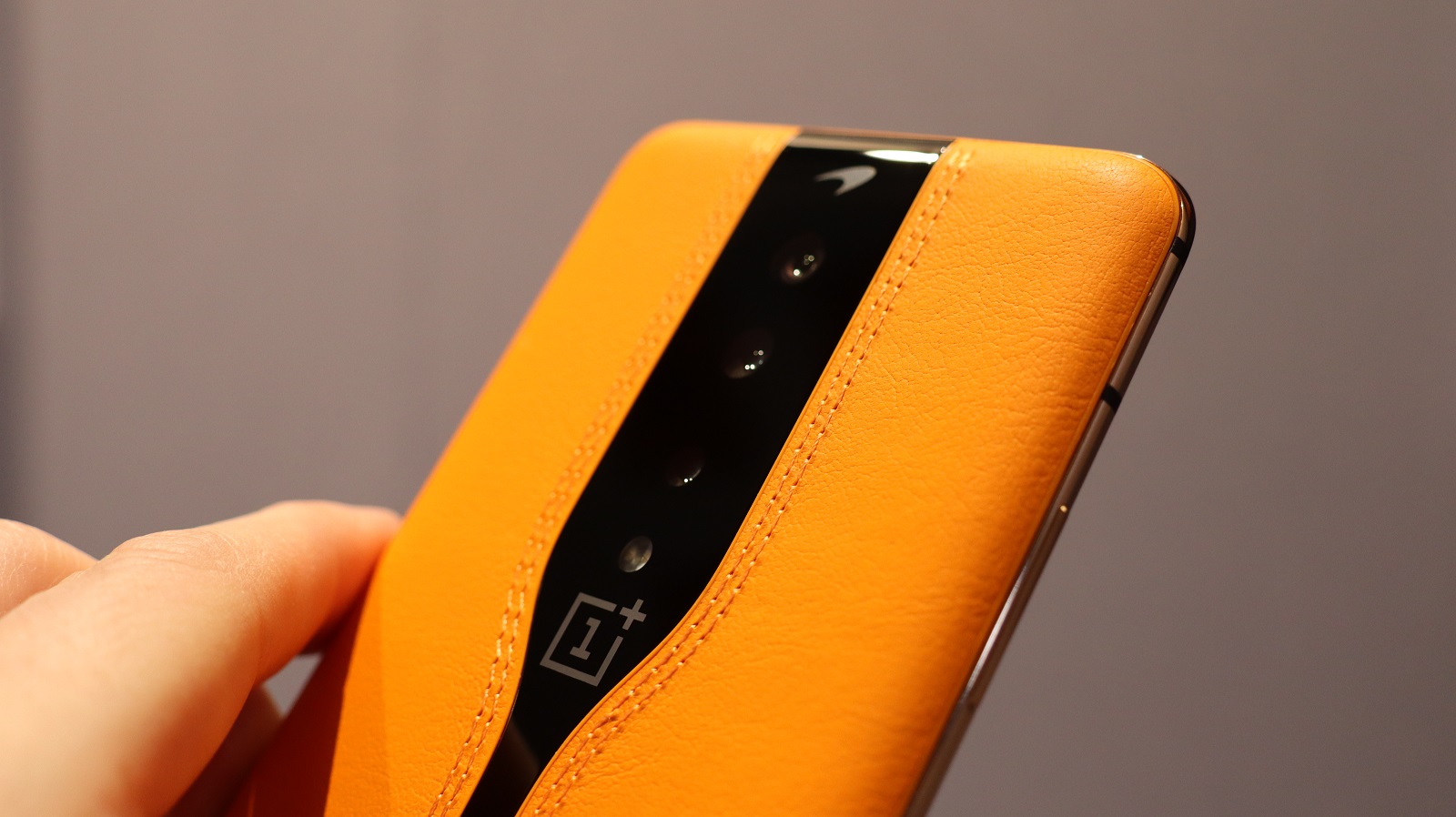
OnePlus Concept One
The OnePlus Concept One was by far the most exciting phone at CES 2020 all the way back in January. While it was quickly clear the experimental handset would never be sold in stores, the Concept One was a cool approach to fixing something phone makers had yet to consider a problem: hiding the rear lenses on phones using dimming glass.
OnePlus referenced sportscar windows as inspiration for the glass; run a current through it, and it goes from translucent to deeply shaded. The Concept One does this switch automatically when you open the camera app, and the glass strip over the rear cameras subtly transitions from opaque to clear.
You’d wonder why OnePlus isn’t rushing this into all its phones, but there are some design considerations - namely whether the glass strip would occlude the cameras if it gets scratched or the mechanism fails. We barely had time to hold the phone and try the (very functional) effect for ourselves, but couldn’t say whether this tech is ready for mass market. We hope so: phone design is too stagnant.
Get daily insight, inspiration and deals in your inbox
Sign up for breaking news, reviews, opinion, top tech deals, and more.
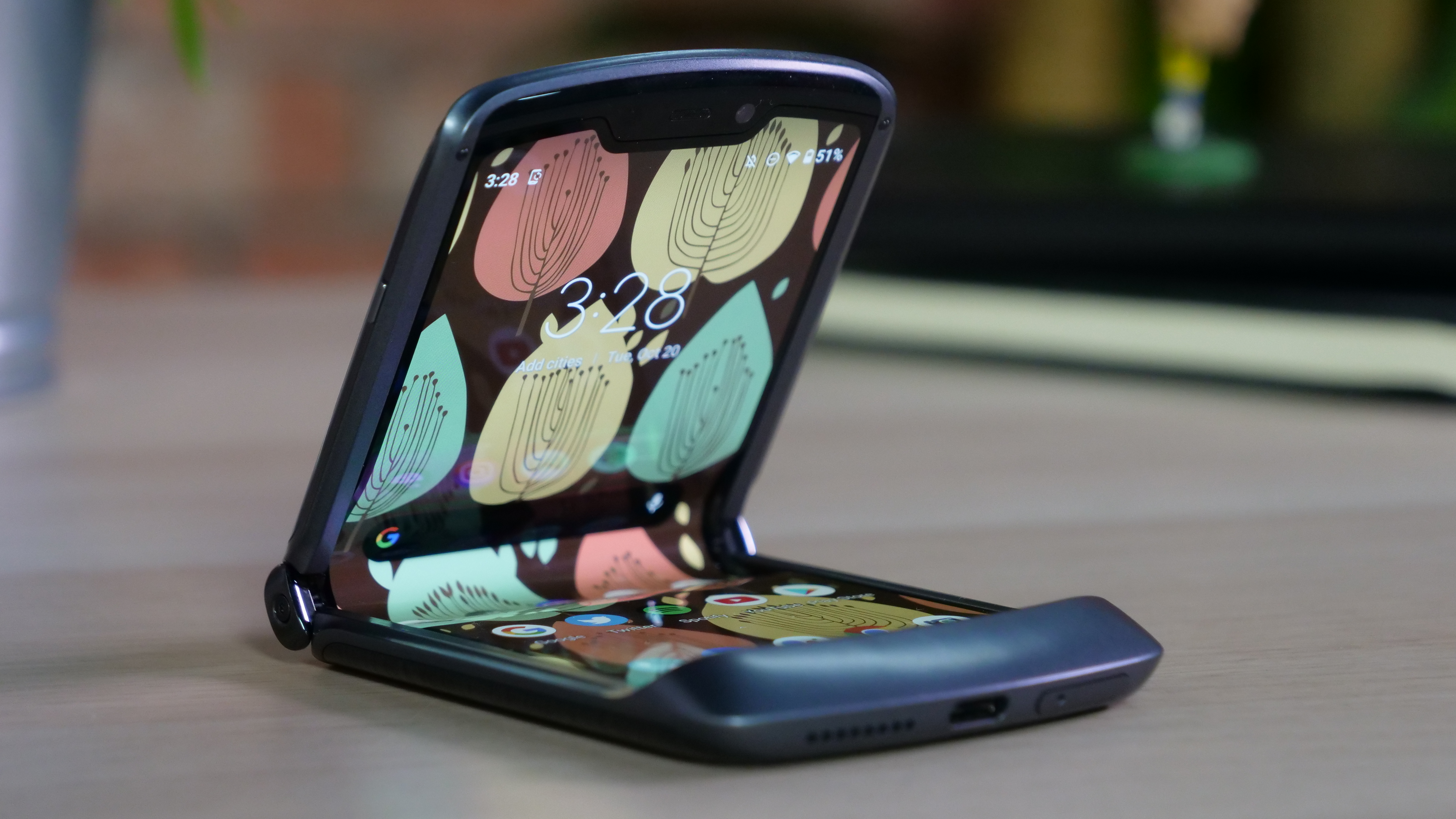
Motorola Razr
While we first got our hands on the Motorola Razr in late 2019, delays pushed its release to early 2020 - and while the clamshell foldable captured the public’s imagination, it didn’t seem like it sold too well.
Which is a shame given the design innovation it took to get the Razr to work: a hinge that bends the plastic display in such an esoteric way to keep it from creasing, while also integrating micro-brushes to automatically sweep away particles so they don’t gum up the works. And, yes, the Razr did manage to get a fully-functional smartphone to fold into a form factor that’s half the size of a typical phone’s footprint.
Sadly, it’s significantly pricier than flagship phones without offering more functionality - even being able to snap the Razr closed to end a phone call doesn’t justify the price hike.
Some design flaws were ironed out in the Motorola Razr 2020 refinement released later in 2020, but even that doesn’t quite top the only other clamshell foldable released this year, the Samsung Galaxy Z Flip. But the Razr was first on the market and in our hearts.
Plus, taking a selfie with a phone folded up to the size of a mint tin is so, so cool.
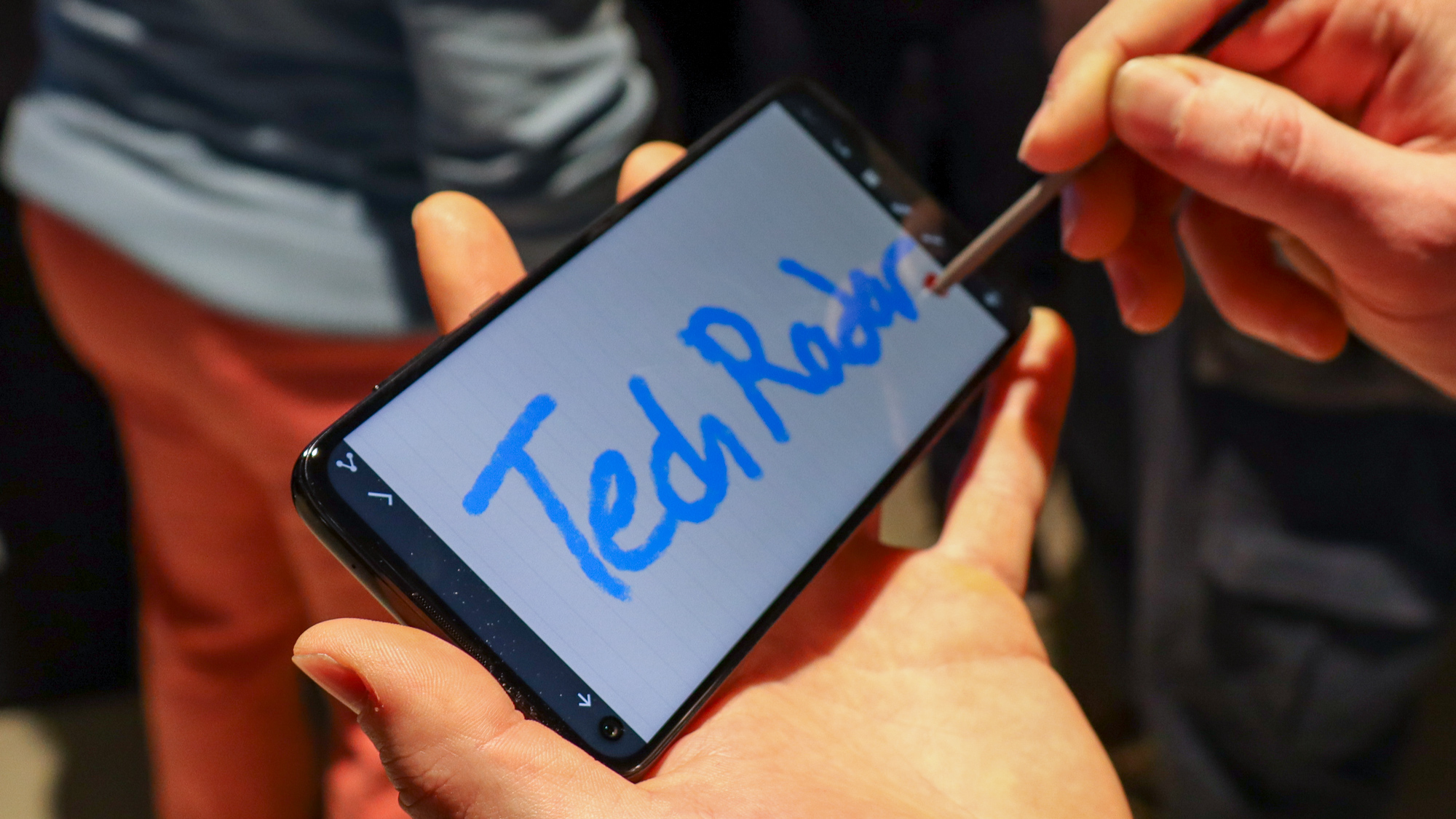
Moto G Stylus
Motorola has been releasing admirable budget G-series phones for years - often four or more models at once that slightly differ in specs and price. But in 2020, the latest generation released something new - or rather, something old, as the Moto G Stylus includes one of the oldest features in mobile computing.
The LG Stylo series has carried the budget-phone-with-a-stylus torch for years, but the introduction of the Moto G Stylus makes this a trend. No longer limited to pricey flagship Samsung Galaxy Note phones, the G Stylus is a powerhouse of its own with decent specs and a stylus that’s surprisingly responsive given it’s unpowered.
While that means it doesn’t have the advanced connectivity features of Samsung’s S Pen (like gesture control or a shutter button), it’s still got stylus functionality at a bargain price.
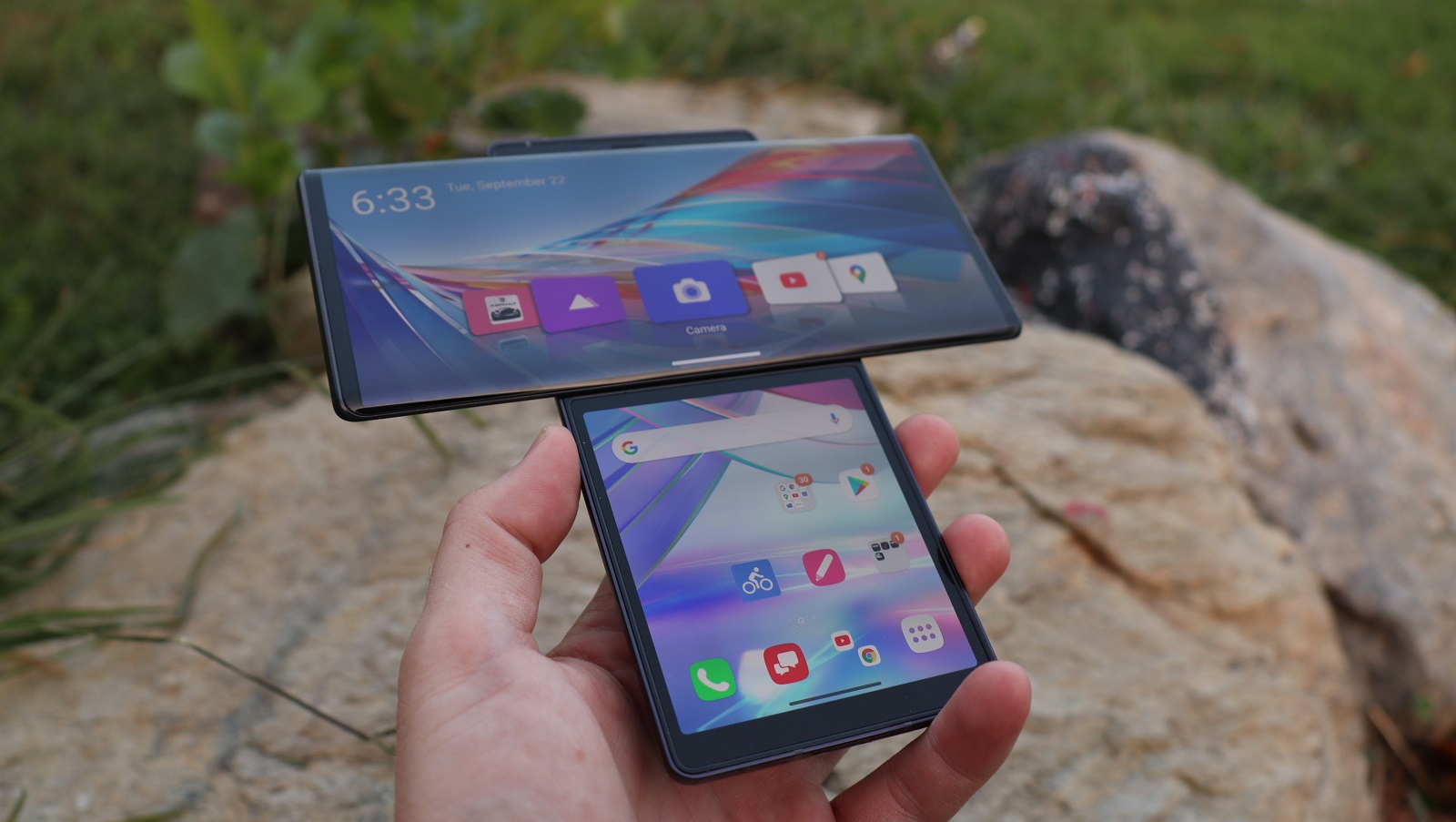
LG Wing 5G
One of our favorite phones this year is the LG Wing 5G, which is also one of the strangest. Remember the old Sidekick phones that swiveled out? This is the modern version - though instead of revealing a keyboard, the LG Wing’s top screen swivels out to reveal... another, smaller screen.
This is cool, actually: in concept, you can watch something on the large screen while chatting or doing unrelated tasks on the small display. Ever needed to do a simple search or look up directions, but didn’t want to switch away from the video or show you’re watching? The LG Wing offers more discrete real estate than traditional smartphones, and all with an addicting swivel motion.
You’ll get more screen area from a true foldable, but in recent LG fashion, the Wing is cheaper, with a price tag equal to top-tier flagships... but half the cost of a Samsung Galaxy Z Fold 2, for instance.
The execution isn’t without its issues, and it takes some work to switch between apps on the small and large display. But for the value and sheer ‘wow’ factor, the LG Wing 5G is a weird treasure we didn’t expect in 2020.
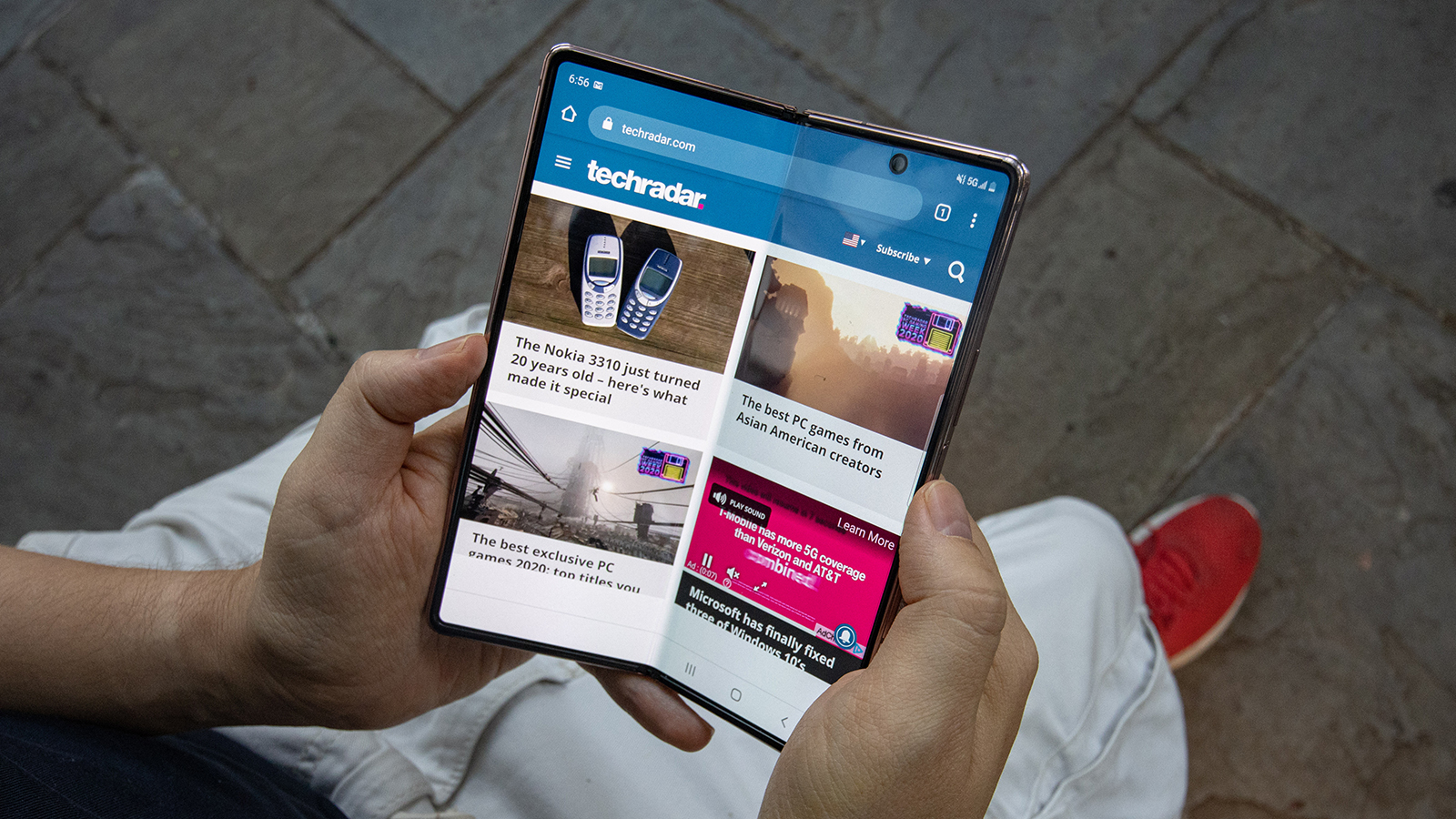
Samsung Galaxy Z Fold 2
‘But wait, didn’t the original Galaxy Fold come out in 2019, and isn’t this just an iteration?’ Yes, the Galaxy Z Fold 2 doesn’t mess with the formula of its jaw-dropping predecessor, but there is one improvement worth highlighting: the external display has been expanded to go from edge to edge.
The Z Fold 2 functions like a full smartphone, and then when it’s unfolded, works like a small tablet. More importantly, it means three-fourths of the phone’s surface is a touch display. This is pretty wild to achieve; it doesn’t feel like it would take much more innovation to do the same for the glass rear cover, extending touch functionality to every inch of the foldable’s surface.
The Huawei Mate Xs and other ‘outie’ foldables more or less already do this, since their single large external display wraps front to back when the device is folded in half. But if we can get to making both sides touch-functional, we could have very strange and very responsive devices. Then we’d have to figure out what to do with all that extra screen area we’re not watching but can still be touching.
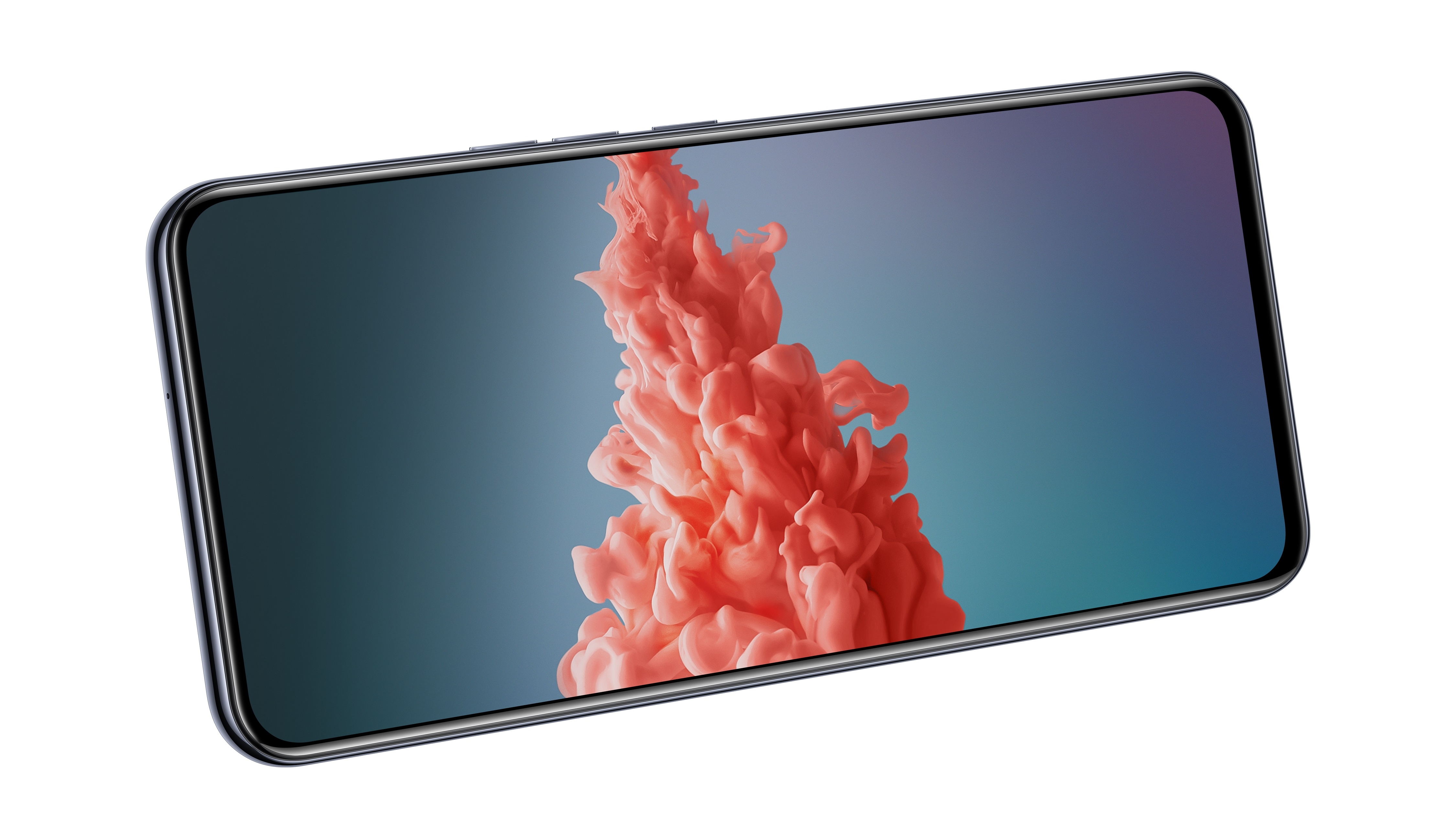
ZTE Axon 20 5G
We've seen several concept phones pose a new solution to the problem of notches and punch-holes: instead of putting the selfie camera in a cut-out in the screen or a pop-up section, just put it under the display.
Of course, it would have to be a particular display to allow the camera to shoot through the screen - and the ZTE Axon 20 5G is the first we’ve gotten in our hands that pulls this solution off.
Haven’t heard of it? The ZTE Axon 20 5G was announced in China back in September and just came out in the UK, but it’s not clear when (or if) it will reach other countries.
We’re eager to test out how well the 32MP front-facing camera takes photos from under the display; otherwise, it’s shaped up to be a decent upper mid-range/cheaper flagship phone with a Snapdragon 765G chipset, up to 8GB of RAM and 256GB of storage, and a quad rear camera.
Oppo’s odd foldables... and rollables
No list of weird phones would be complete without the devices we saw (or heard about) that won’t come out for years - if at all. Some of them are radically different from conventional phones, and perhaps far too bizarre to appeal to consumers. Consider the Oppo concept designed in partnership with the Japanese design studio, Nendo - a foldable with a triple-hinge.
Today, we’re showcasing two new design concepts produced in collaboration with leading Japanese design studio, nendo. First, is the ‘slide-phone’, which features a triple-hinge foldable screen system. #OPPOxnendo pic.twitter.com/r6YNrc2EmPDecember 14, 2020
That’s not the only oddball non-traditional phone to get teased this year. Rumors of a TCL rollable phone have been cropping up all year, most recently in an alleged leaked video that showed a working prototype of a phone with a screen that slides out sideways.
Oppo had also showed off a design for a rollable phone, and may be closer to introducing a usable device: the company showed off the Oppo X 2021 in late 2020, though the company clarified that it’s a concept phone, and likely won’t be sold as-is on the market.
Even so, it’s promising, as Oppo showed off a functional design: a 6.7-inch OLED display to start, but the phone’s body slides laterally to expand the screen to 7.4 inches.
And although we've not seen it, we've also heard of the LG Rollable - a rumored rollable phone which if leaks are to be believed could cost $2,359 (roughly £1,775, AU$3,130).
- Stay up to date on tech news with the TechRadar newsletter
David is now a mobile reporter at Cnet. Formerly Mobile Editor, US for TechRadar, he covered phones, tablets, and wearables. He still thinks the iPhone 4 is the best-looking smartphone ever made. He's most interested in technology, gaming and culture – and where they overlap and change our lives. His current beat explores how our on-the-go existence is affected by new gadgets, carrier coverage expansions, and corporate strategy shifts.
